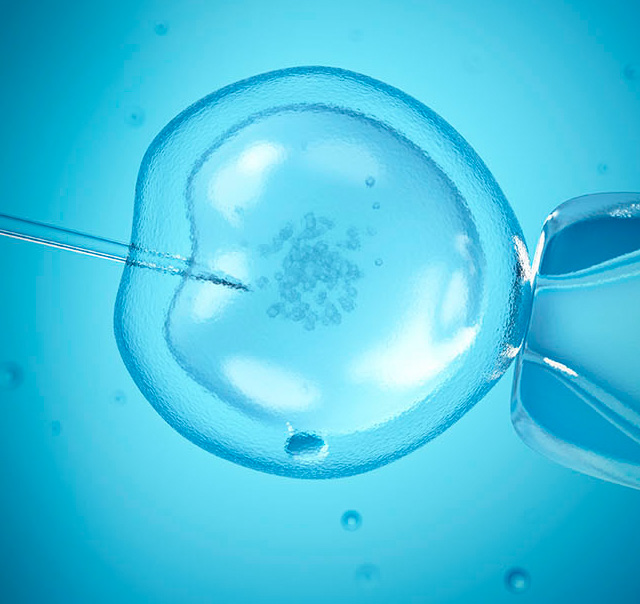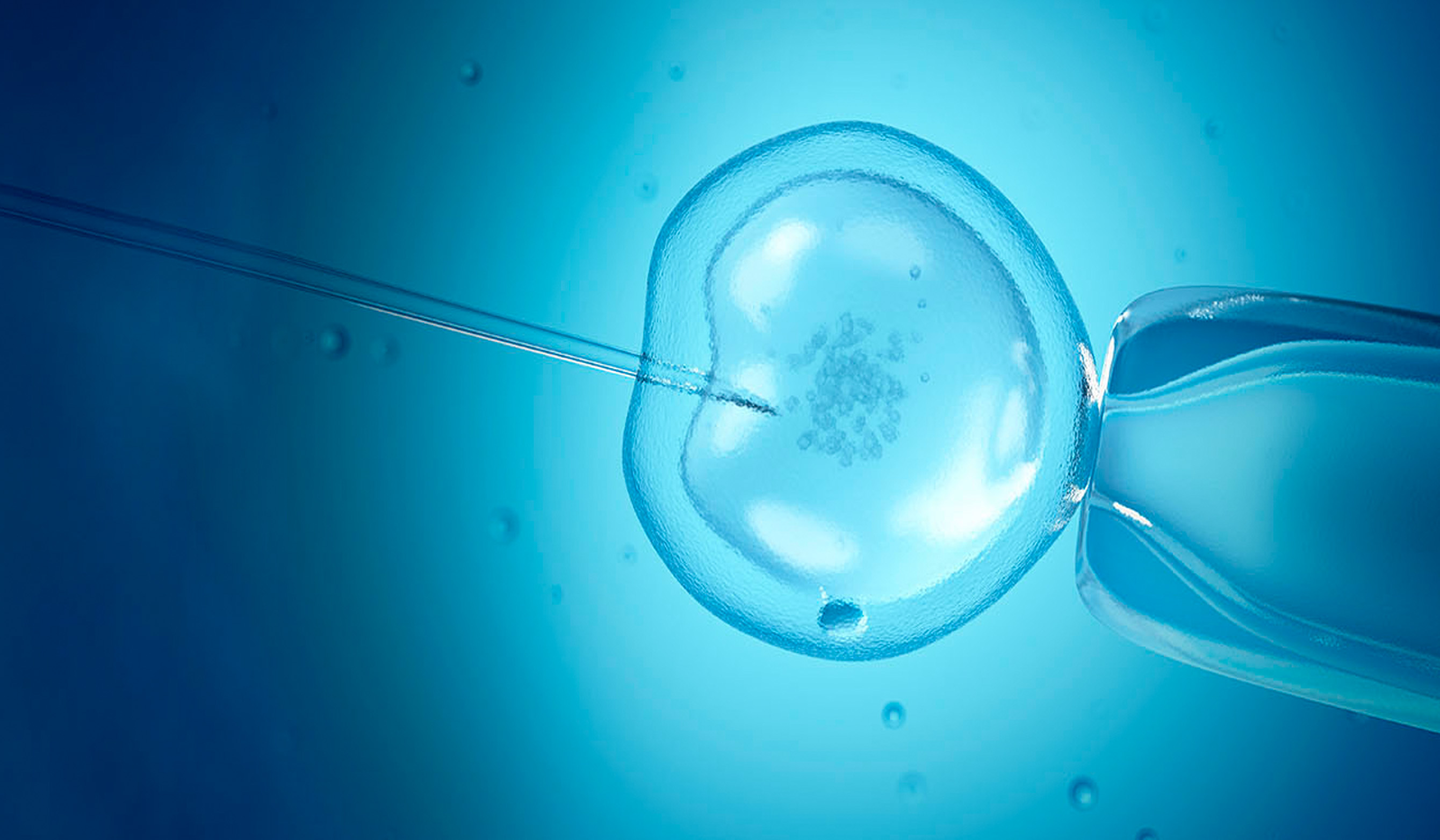Intracytoplasmic Sperm Injection (ICSI) is an additional component of an In Vitro Fertilization (IVF) cycle usually used because of male factor infertility issues or as a result of poor fertilization on a previous IVF cycle.
IVF with ICSI consists of taking a single sperm and injecting it into the egg using a very sophisticated microscope and handling equipment. A very fine glass micro-pipette is used to immobilize the sperm by gently swiping the pipette on the neck of the sperm just below the head to “paralyze” it. The sperm is aspirated into this thin micropipette. A holding pipette stabilizes the egg using gentle suction. The micro-pipette, with the sperm, penetrates through the “shell” or zona pellucida and the inner membrane or oolemma and deposits the sperm into the cytoplasm of the egg.
After each mature egg is injected with a sperm they are then placed into culture medium inside the incubator until the next day when they are checked for fertilization. Day 3 or Day 5 blaystocyst transfer will then be determined based on the number of good quality embryos on Day 2.












